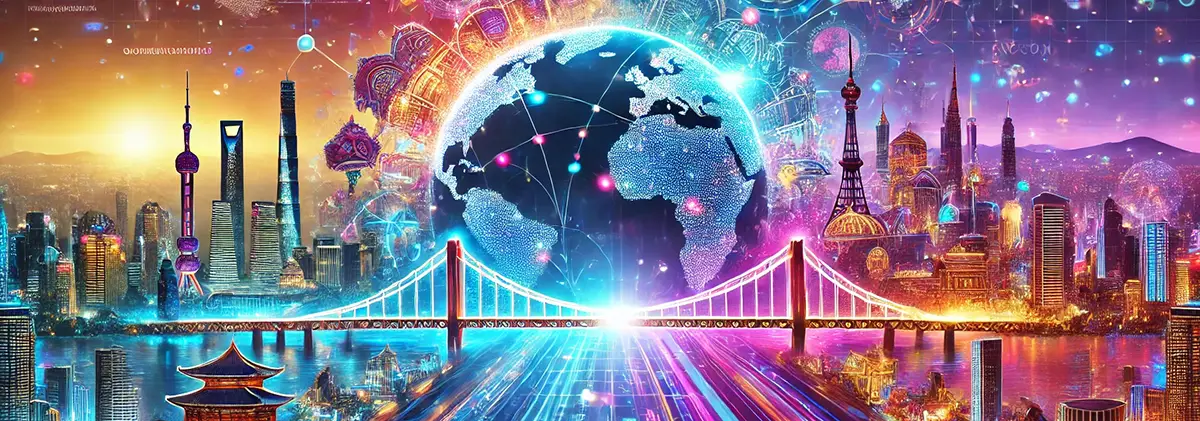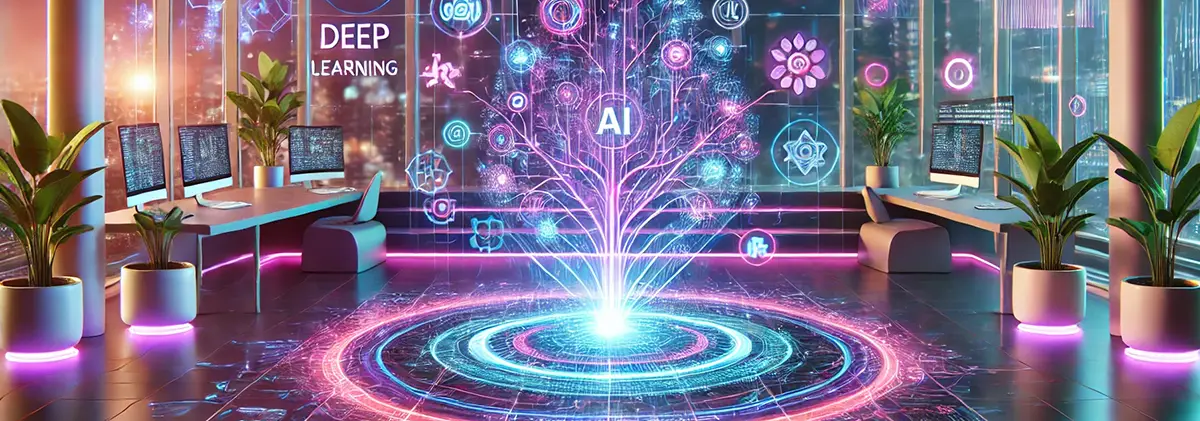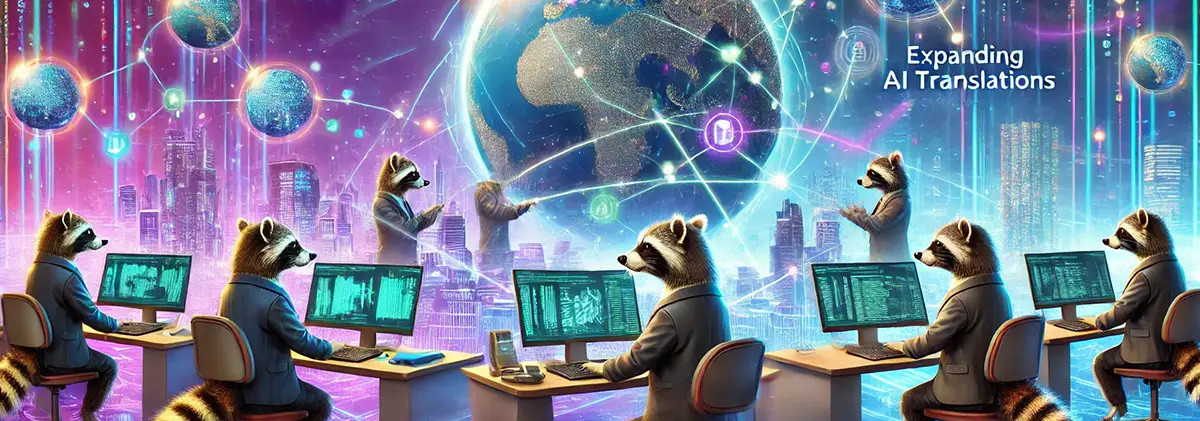In today’s increasingly interconnected world, the boundaries that once divided cultures and languages are dissolving. Social media platforms like Facebook have made it possible for people to connect across continents, but automatic translations often fall short, creating awkward or unnatural conversations. However, AI has evolved, and with it comes a revolution in real-time, natural language translations that open up a world of possibilities. Imagine communicating seamlessly with people from any part of the globe, speaking your native language while AI handles the translation instantly and effortlessly. It’s no longer a futuristic vision — it’s happening now.

Instant Translations: Bridging the Global Gap
As digital platforms become more international, the need for accurate and fluent translations has skyrocketed. Facebook, for instance, already offers instant translations for posts and comments, allowing users to engage with global audiences. However, these translations are often rudimentary, full of errors, and lack the nuances that make a conversation feel natural. Traditional machine translation systems focus on word-to-word substitution, often ignoring context, idioms, and cultural subtleties. This is where AI-powered real-time translation steps in, changing the game entirely.
Artificial Intelligence, especially advancements in Natural Language Processing (NLP), is reshaping how we communicate across borders. Tools like GPT-based translation systems can understand context, tone, and even cultural references, producing translations that are not just accurate but also read as if they were written by a native speaker. This is already having a profound impact on global interactions, from social media to business communications.

The Role of AI in Natural Translation
AI has significantly improved translation quality by leveraging deep learning and large language models. These models are trained on vast amounts of multilingual data, allowing them to recognize patterns in how language is used. Unlike traditional translation software, which relies on rigid rules and word-for-word conversions, AI can assess the context of a sentence and adjust the translation to preserve meaning and intent.
This has had a transformative effect, particularly in social media platforms and gaming environments, where quick, real-time communication is crucial. For example, platforms like Roblox recently introduced real-time translations for in-game chat, allowing users to communicate in 16 different languages simultaneously. Players simply type in their native language, and the system translates it for everyone in the chat based on their preferred language settings. It’s a seamless experience that enhances global interaction and reduces language barriers.
Real-World Applications: AI in Social Media and Gaming
Imagine being able to hold a conversation with someone from halfway across the world in your own language, without worrying about whether they’ll understand you. This technology is no longer speculative. Roblox’s in-game chat translation feature allows for real-time communication in multiple languages, fostering global friendships and collaborations in a way that was unimaginable just a few years ago. You don’t have to be a polyglot to build connections — AI does the heavy lifting.
Beyond gaming, this kind of real-time translation has endless potential across industries. Social media platforms are an obvious use case. Twitter, Instagram, and TikTok could see richer, more interactive exchanges across cultures, as users will no longer be deterred by language differences. It’s easy to envision a future where every platform, from customer service chatbots to live-streamed events, employs sophisticated AI translations, creating a truly inclusive and global digital space.
Communication Without Boundaries: The Power of Multilingual Chat
The potential of real-time AI translation extends far beyond social media and gaming. Consider the possibilities for customer support, where representatives from different countries can communicate with clients in their native languages. AI systems could seamlessly translate chat conversations in real-time, making it easier for global companies to offer personalized customer service.
In multinational corporations, real-time translation could significantly streamline internal communication. Employees working in different regions often face language barriers that hinder collaboration. With AI-powered translation tools, colleagues from Germany, Japan, Brazil, and the U.S. could collaborate on projects in real-time without worrying about miscommunication. The technology would translate emails, chat messages, and even video conference transcripts instantly, allowing everyone to contribute in their preferred language while receiving responses in their own.
This feature could extend into public services, allowing governments and healthcare providers to communicate more effectively with diverse populations. Emergency services could benefit from real-time AI translation during crises, where timely, accurate communication can be a matter of life and death. It’s easy to see how AI translation could foster greater global understanding and cooperation in both personal and professional spheres.

AI Translation and Neoground: Leading the Way in Real-Time Multilingual Solutions
At Neoground, we are at the forefront of this AI-driven transformation. Our platform employs cutting-edge GPT-based translation systems that are 99% accurate, requiring only minimal adjustments for final quality assurance. We recognize that businesses today operate in an increasingly international environment, and our translation tools are designed to meet this demand.
Whether it’s creating multilingual websites, or building internal communication systems that break down language barriers, we are committed to helping our clients thrive in the digital age. Our holistic approach ensures that companies can communicate effortlessly with their global audiences, fostering trust and efficiency across borders.

The Future: Expanding AI Translation to Every Corner of the Web
While current AI translation tools are incredibly advanced, the future holds even more promise. As these systems continue to learn and improve, we may reach a point where real-time translation is indistinguishable from native conversation. Imagine tuning into a live-streamed international conference, where speakers from different countries are talking in their native languages, yet everyone hears the conversation in their own tongue. Such technology could bridge cultural gaps and foster global collaboration like never before.
Moreover, AI translations could evolve to include not just spoken languages but also sign languages, allowing deaf communities to participate in global conversations with the same ease as everyone else. As AI continues to develop, it could help break down even more barriers, making the internet a truly universal space.
Conclusion: A World Without Language Barriers
We are on the cusp of a global transformation, where AI-powered real-time translation will make language barriers a thing of the past. From social media interactions to international business communications, this technology is changing the way we connect with one another. It’s not just about making conversations easier; it’s about fostering understanding and collaboration on a global scale.
At Neoground, we’re excited to be part of this change. Our AI-based solutions help businesses and individuals bridge the language divide, ensuring that everyone has a voice in the global conversation. As AI translation technology continues to evolve, the possibilities for global communication are limitless.
Ready to take your business global with AI-powered translation? Contact Neoground today to learn how our innovative digital solutions can help you overcome language barriers and thrive in the international market.
This article and all images were created by us with the help of Artificial Intelligence (GPT-4o). All images are either screenshots we took ourselves or are AI generated by us using DALL-E 3.




No comments yet
Add a comment